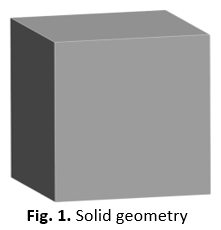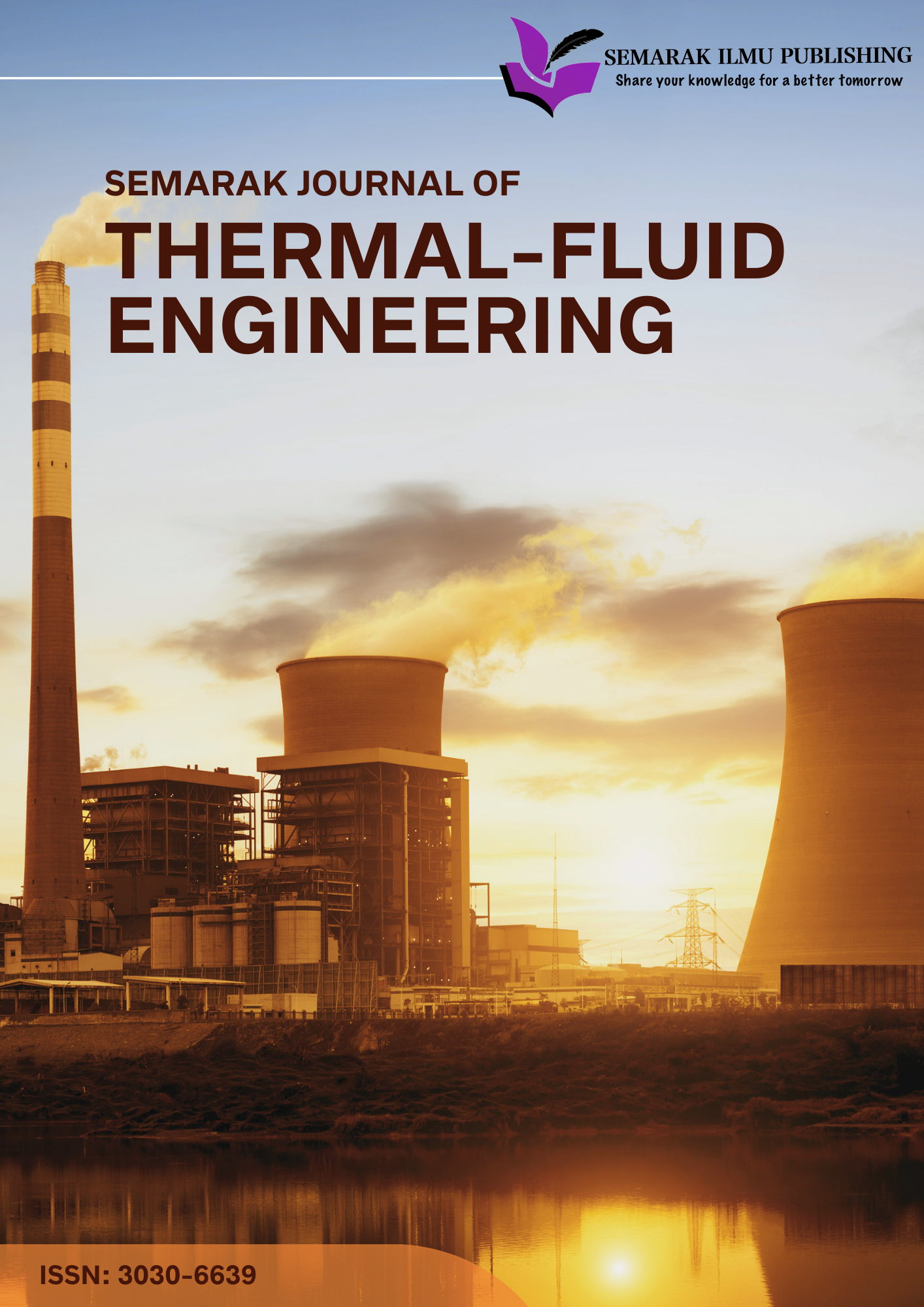Airflow Around an Aircraft: A Computational Fluid Dynamics Analysis
DOI:
https://doi.org/10.37934/sjotfe.4.1.115aKeywords:
Airflow simulation, lift drag coefficients, flow separation, aerodynamic optimizationAbstract
Aerodynamics of aircraft is the most critical foundation for performance improvement with stability maintenance and fuel efficiency diminution. Computer Fluid Dynamics (CFD) has become a primary analytical tool nowadays that reveals experimentally challenging to obtain experimental information about complex aerodynamic events, such as accurate lift determination, drag analysis, and monitoring boundary layer interaction. The research project designed CFD models for aircraft airflow with some objectives to model flow separation, vortex generation, and wake behavior. The effectiveness of k-epsilon, k-omega, and SST turbulence models in the prediction of different aerodynamic outcomes under fluctuating wind velocity conditions is established through this work. The modeling procedure consists of both three-dimensional aircraft modeling and mesh generation analysis through Grid Independence Test (GIT), with appropriate numerically accurate solutions that are implemented through ANSYS software. Specific inlet speeds, from 300 km/h to 700 km/h, were used, and surface adhesion settings supplied boundary conditions for simulation, while key measurement parameters were lift and drag coefficient data series. Improved accuracy in turbulence dynamics simulation, flow separation incidents, and wake behaviors near wall boundaries is described by the SST model. CFD analyses with the SST model showed variation in the drag coefficient (Cd) from 0.88 to 4.12 whereas the velocity differed between 300 km/h to 700 km/h, and the lift coefficient (Cl) ranged from 68.3 at 300 km/h to 159.9 at 700 km/h. The SST model was found to be most precise for the aerodynamic calculations, depicting a more accurate flow separation and turbulent behavior. Quantitative results also showed better agreement for lift and drag coefficients between the k-omega and k-epsilon models. The k-epsilon model overestimates turbulence effects, and the k-omega model is pressure gradient sensitive and therefore varies in the prediction of aerodynamic forces. Utilization of these models makes it easier to design safer, efficient, and environmentally friendly aircraft.









